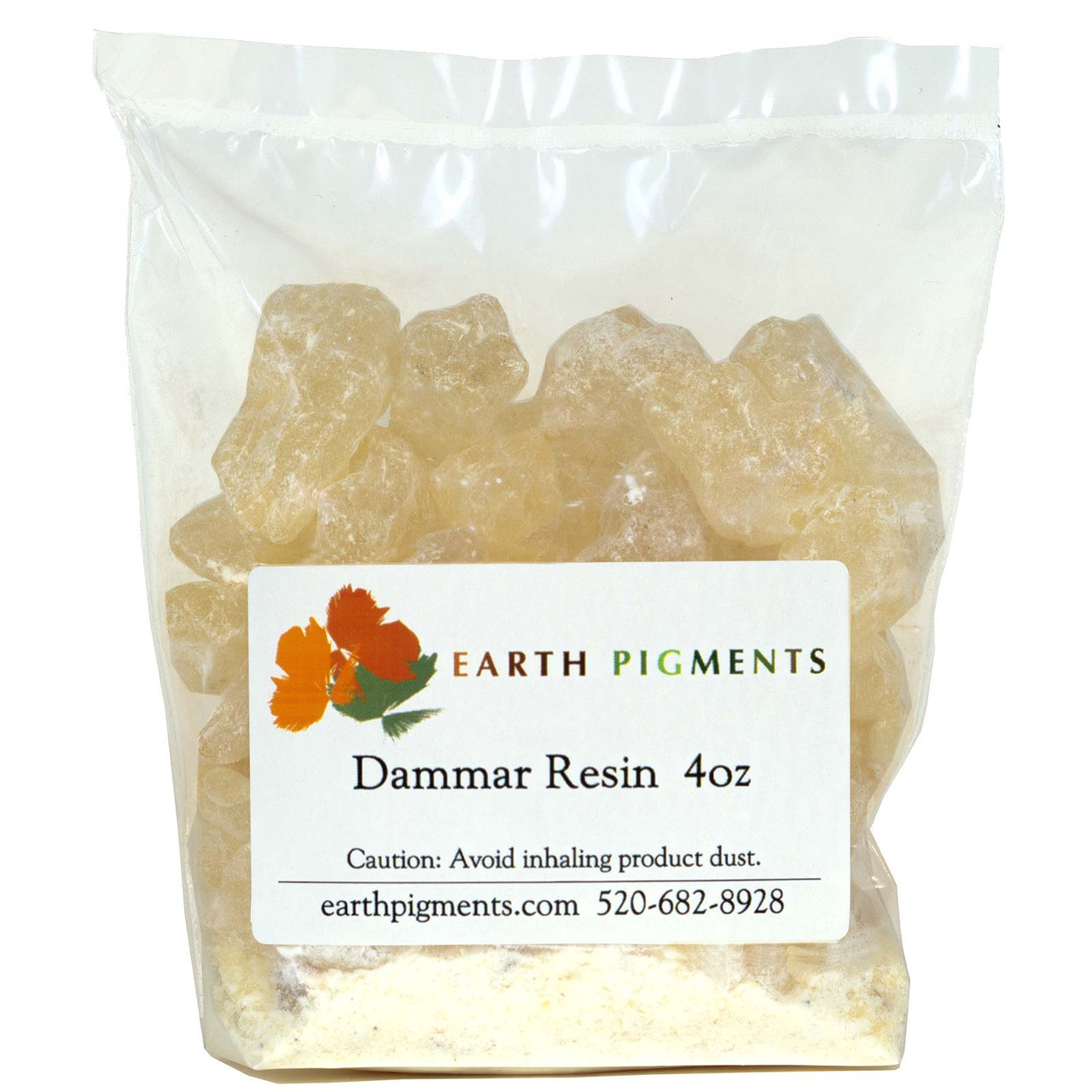
 4
4











 3
3











 2
2




John Daley Bendigo, Australia The Enemy of progress is the hope of a perfect plan
Benefits of rainfall collection https://permies.com/t/88043/benefits-rainfall-collection
GOOD DEBT/ BAD DEBT https://permies.com/t/179218/mortgages-good-debt-bad-debt
 3
3











 3
3












 2
2











 4
4




r ranson wrote:this might be an option by Natural Earth Paint, but they are protective of the ingredients which worries me.

 3
3




Specific target organ toxicity - single exposure
Shall not be classified as a specific target organ toxicant (single exposure).
Specific target organ toxicity - repeated exposure
Shall not be classified as a specific target organ toxicant (repeated exposure).
Aspiration hazard
Shall not be classified as presenting an aspiration hazard.
Toxicity
Acc. to 1272/2008/EC: Shall not be classified as hazardous to the aquatic environment.
 3
3











 4
4




I haven't looked into damar much yet. I have a memory from my childhood of it causing some nasty burns on someone...but that could be from some of the other ingredients or a combination.
 5
5











 4
4




r ranson wrote:From what I've read so far...and I'm only just starting so this could be inaccurate... turpentine and citrus sovent are traditionally made the same way through distillation. Turps comes from pine or other trees. Citrus from fruit.
There are new ways of making both that are more chemistry heavy. But traditional turps is still available through companies like winsor and newton. The traditional ways of making both of these seem to have lower impact on the environment than the newer ways of making solvents by these names.
wikipedia wrote:n early 19th-century America, spirits of turpentine (camphine) were burned in lamps as a cheap alternative to whale oil. It produced a bright light but had a strong odour.[16] Camphine and burning fluid (a mix of alcohol and turpentine) served as the dominant lamp fuels replacing whale oil until the advent of kerosene, electric lights, and gas lighting.[17]
 3
3




Nicole Alderman wrote:And, I see that "Turpentine is composed of terpenes, primarily the monoterpenes α-pinene and β-pinene, with lesser amounts of carene, camphene, limonene, and terpinolene."
I wonder what terpenes are found in Citris solvent? I know limonene, but are there any others?
I searched "citrus solvent terpenes," and all I'm seeing is that it has d-limonene. I wonder if some terpenes are more dangerous than others?
Terpenes are naturally occurring compounds found in cannabis and other useful plants all over the world.
You’ll almost always hear about terpenes when buying cannabis-based products, such as how terpenes make the product “better, more flavorful, and more aromatic.”
What many people don’t know is that terpenes can be dangerous if they aren’t used correctly. It would be best if you always diluted your terpenes before using them.
Here’s everything you need to know about using terpenes safely.
What are Terpenes?
All plants produce terpenes, from the ugliest weed to the most delicious fruit-bearing trees or beautifully flowering plants.
These essential oils naturally produced by plants give them their unique flavor, aroma, and color [1].
There are many different types of terpenes — characterized by their size and unique chemical structure. Most terpenes are either monoterpenes, diterpenes, triterpenes, alcohols, or ketones.
 3
3











 3
3




Nowadays, turpentine is rarely the product of distillation of pine resin, but is a byproduct of pulping. Pulping is achieved by two processes, the Kraft process and the sulfite process. The turpentines obtained from these two processes differ in their chemical compositions. The sulfite process gives a product that is rich in cymene, whereas the Kraft process gives a pinene-rich product
 3
3











 1
1











 3
3




Nicole Alderman wrote:
I haven't looked into damar much yet. I have a memory from my childhood of it causing some nasty burns on someone...but that could be from some of the other ingredients or a combination.
I'm going to go out on a limb here and say that maybe it was the turpentine. I have a feeling that that's probably what they used back then, rather than citrus solvents.







 3
3











 1
1












| I agree. Here's the link: http://stoves2.com |


